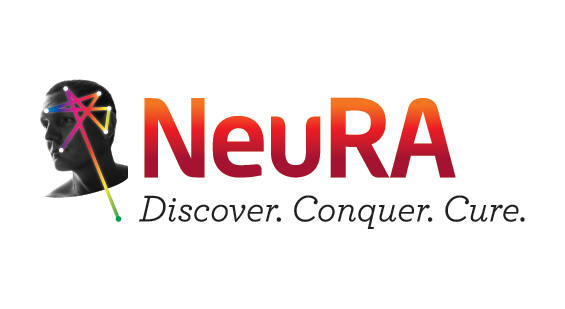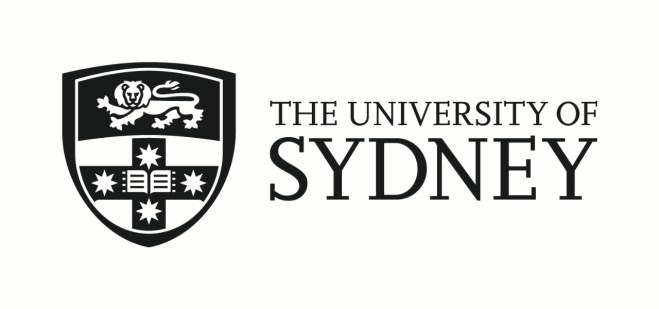Use the Back button in your browser to see the other results of your search or to select another record.
Detailed Search Results
| High-frequency laser therapy: a new alternative to physiotherapy in the treatment of cervical disk hernia |
| Kuculmez O, Dundar Ahi E, Cosar SN, Guzel S |
| Frontiers in Medicine 2024 Dec 19;11(1429660):Epub |
| clinical trial |
| 6/10 [Eligibility criteria: No; Random allocation: Yes; Concealed allocation: No; Baseline comparability: Yes; Blind subjects: No; Blind therapists: No; Blind assessors: No; Adequate follow-up: Yes; Intention-to-treat analysis: Yes; Between-group comparisons: Yes; Point estimates and variability: Yes. Note: Eligibility criteria item does not contribute to total score] *This score has been confirmed* |
|
INTRODUCTION: High-frequency laser therapy has been increasingly used in several musculoskeletal disorders, but there is still a lack of evidence for the usage of the device in neck pain. This study aimed to compare the effectiveness of physiotherapy, high-frequency laser, and exercise therapy methods in the treatment of pain in cervical disk herniation. METHODS: It was a multicenter, randomized, controlled clinical trial. Patients aged between 18 and 65 with neck pain and a diagnosis of cervical disk hernia were included in the study. Patients with a history of cervical surgery, rheumatism, cancer, or pacemaker were excluded from the study. The patients were randomized into 15 sessions of physiotherapy, high-frequency laser, or exercise therapy groups and evaluated with a range of motion, visual analog score, Neck Disability Index, and Short Form Health Survey-36 before treatment, after treatment, and in 1st and 3rd months. p < 0.05 was considered statistically significant. RESULTS: In total, 150 patients were analyzed. There was a significant improvement in range of motion, visual analog score, Neck Disability Index, and Short Form Health Survey-36 scores in three groups after 3-month follow-up (p < 0.05). The improvement was statistically greater in the physiotherapy and high-frequency laser therapy groups (p < 0.05), but there was no significant difference between these two groups (p > 0.05). DISCUSSION: The results in the physiotherapy and high-frequency laser therapy groups were better than the exercise group. They may be alternatives to each other in cervical disk hernia treatment.
|


